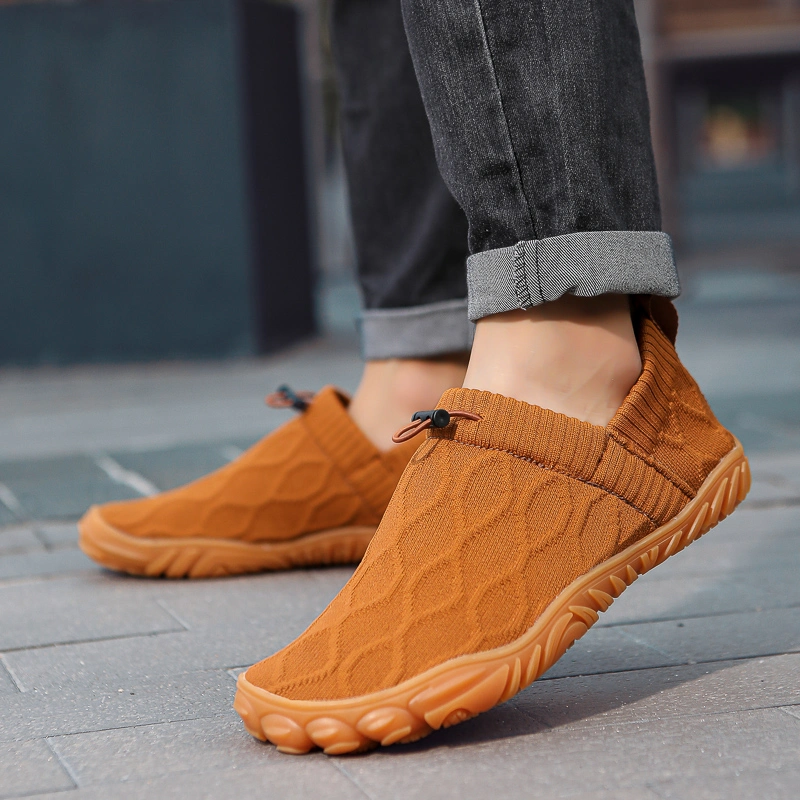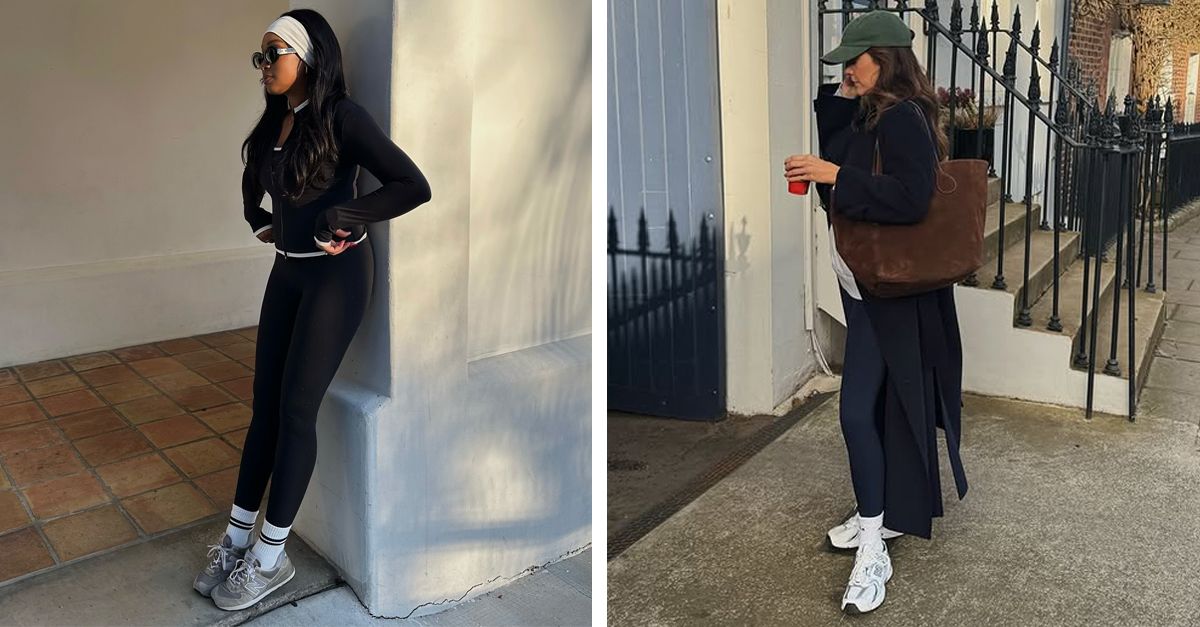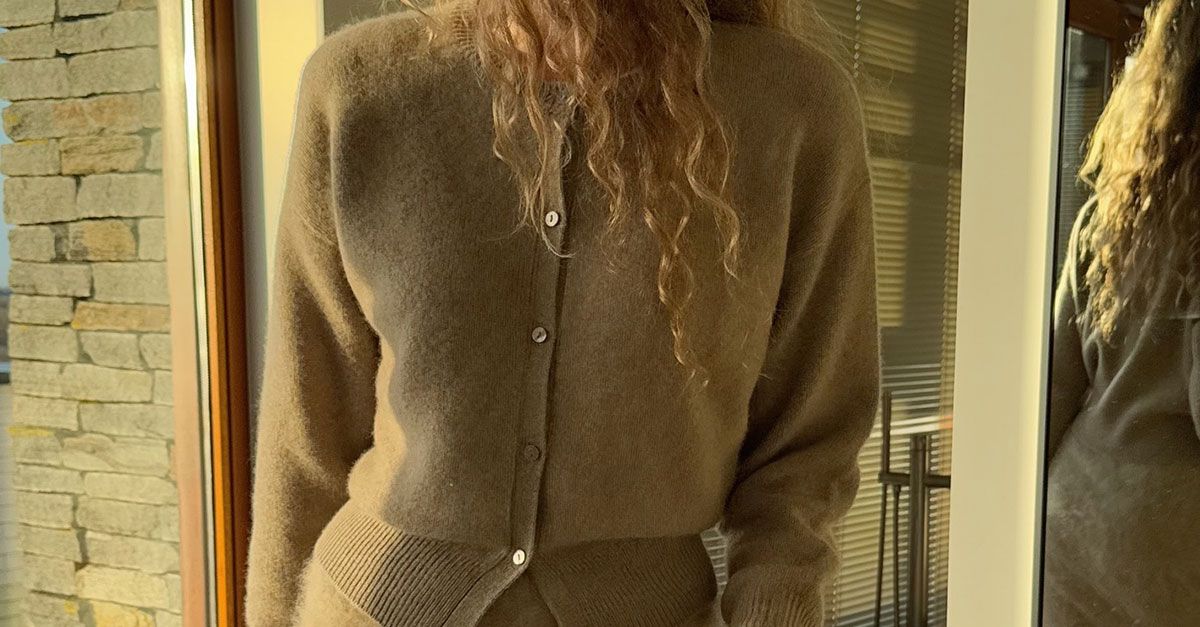For many men, foot pain is a familiar foe. From chronic aches to nagging plantar fasciitis, discomfort can put a damper on even the most enjoyable activities. Traditional shoes, with their emphasis on arch support and cushioning, might seem like the answer, but for some, they may be contributing to the problem. Here is where barefoot shoes for men come in. They are a footwear revolution challenging the way we think about foot health. These minimalist shoes mimic the barefoot walking experience, offering a potential solution for a variety of foot ailments commonly plaguing men.
Why traditional shoes might be hurting your feet
For generations, we’ve been conditioned to believe that supportive shoes are essential for healthy feet. However, recent research suggests the opposite might be true. Traditional shoes with rigid soles and arch support can weaken the intrinsic muscles in your feet, leading to imbalances and potential injuries. Here’s how:
- Reduced foot strength: Thick soles and arch supports can prevent your foot muscles from working as hard as they naturally would when barefoot. This can lead to weakened muscles and decreased proprioception, your body’s awareness of its position in space.
- Abnormal gait: The raised heel of many shoes alters your natural gait pattern, putting unnecessary stress on your joints and tendons.
- Restricted movement: Traditional shoes limit the natural movement of your toes, which can contribute to bunions, hammertoes, and other foot deformities.
How barefoot shoes can help

Barefoot shoes, also known as minimalist shoes, are designed to mimic the barefoot experience as closely as possible. They typically have thin, flexible soles that allow your foot to bend and move naturally. Additionally, they often have a wider toe box that allows your toes to splay comfortably.
Here’s how barefoot shoes can benefit your feet:
- Strengthening muscles: By mimicking barefoot walking, these shoes encourage your foot muscles to work harder, leading to increased strength and stability.
- Improved proprioception: The closer connection to the ground of barefoot shoes can enhance your body’s awareness of its position, leading to better balance and coordination.
- Natural gait: The zero-drop platform (where the heel and forefoot are at the same level) of these shoes encourages a more natural walking pattern, reducing stress on your joints.
- Increased toe mobility: The wider toe box allows your toes to splay naturally, which can help prevent foot deformities and improve overall foot health.
See common foot problems barefoot shoes can address
Several common foot problems experienced by men can potentially be alleviated or prevented with the use of barefoot shoes:
- Plantar fasciitis: This painful inflammation of the plantar fascia, a band of tissue running along the sole of the foot, can be exacerbated by shoes with excessive arch support. Barefoot shoes allow the plantar fascia to stretch and strengthen naturally, potentially reducing pain.
- Heel pain: Heel pain can have various causes, but shoes with a raised heel can contribute to the issue. Barefoot shoes with a zero-drop platform can help distribute pressure more evenly across the foot, reducing heel pain.
- Bunions and hammertoes: These toe deformities can be caused by shoes that crowd the toes. The wider toe box of barefoot shoes allows your toes to spread naturally, potentially preventing these issues.
- Arthritis: While not a cure, these shoes might offer some relief for men suffering from foot arthritis. The increased flexibility and natural movement can help reduce stiffness and pain.
Making the transition to barefoot shoes

If you’re intrigued by the potential benefits of barefoot shoes, it’s important to make the transition carefully. Here are some tips:
- Start slowly: Begin by wearing the shoes for short periods indoors and gradually increase the time as your feet adjust.
- Listen to your body: Pay attention to any pain or discomfort you experience and take breaks, if necessary.
- Choose the right shoe: Not all barefoot shoes are created equal. Look for shoes with a thin, flexible sole and a wide toe box.
- Consult a podiatrist: If you have any pre-existing foot conditions, it’s wise to consult with a podiatrist before switching to barefoot shoes.
Beyond pain relief: The additional benefits
While pain relief is a major benefit, barefoot shoes offer more than just physical comfort. Here are some additional advantages:
- Improved balance and coordination: The closer connection to the ground can enhance your body’s awareness of its position, leading to better balance and coordination.
- Increased proprioception: The ability to feel the ground beneath your feet can improve proprioception, allowing for better control over your movements.
- Enhanced athletic performance: Some athletes swear by barefoot shoes for improved agility and a more natural running experience.
Are barefoot shoes right for you?
Barefoot shoes aren’t a magic bullet for everyone. Here are some things to consider before making the switch:
- Activity level: These shoes might not be ideal for all activities. For high-impact sports or rugged terrain, traditional shoes with more protection might be necessary.
- Personal preference: Not everyone enjoys the feeling of minimal footwear. If you prefer the comfort and support of traditional shoes, barefoot options might not be for you.
- Foot type: If you have very flat feet or other significant foot issues, this type of shoe might not be the best option. Consulting a podiatrist can help determine if they’re suitable for your specific needs.
Shop editor’s choice
Featured image: Moving Steps
For the latest in fashion, lifestyle, and culture, follow us on Instagram @StyleRave_
—Read Also









































































